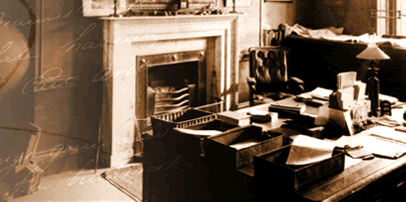









Some of those who had benefited from the changes brought by industrialisation, felt that the accompanying hardships were only to be expected and that there was no moral duty – or need – on the part of government to intervene. For the righteous, suffering would end with death. Kenneth Clark wrote:
Poverty, hunger, plague, disease: they were the background of history right up to the end of the nineteenth century, and most people regarded them as inevitable – like bad weather.
There was also a commonly held belief that the poor were poor because they would not work hard enough to support themselves. Conditions in the workhouses were deliberately harsh to act as a deterrent to those who might otherwise see them as an attractive means of escaping personal responsibility. The Victorians were particularly keen on self-help.
Some felt guilt at their own prosperity and, in the absence of government assistance, philanthropic individuals and church-funded charities attempted to bring some relief to the poor with money, food, clothes and shelter. George Peabody, for example, provided £100,000 for the building of new model dwellings for the poor while Dr Barnado founded homes for destitute children. Social observers such as Henry Mayhew wrote about the appalling conditions in which thousands lived.
A growing awareness of the scale of the problems gradually prompted government intervention. In the area of employment reform, for example, the Factory Act of 1833 banned children under nine working in factories and mills. The 1844 Act limited the hours of work of under 18s and women, and included educational reforms. The first Public Health Act was passed in 1848 while other laws improved housing and living conditions. The Education Act of 1880, made schooling compulsory for five to ten year olds.
